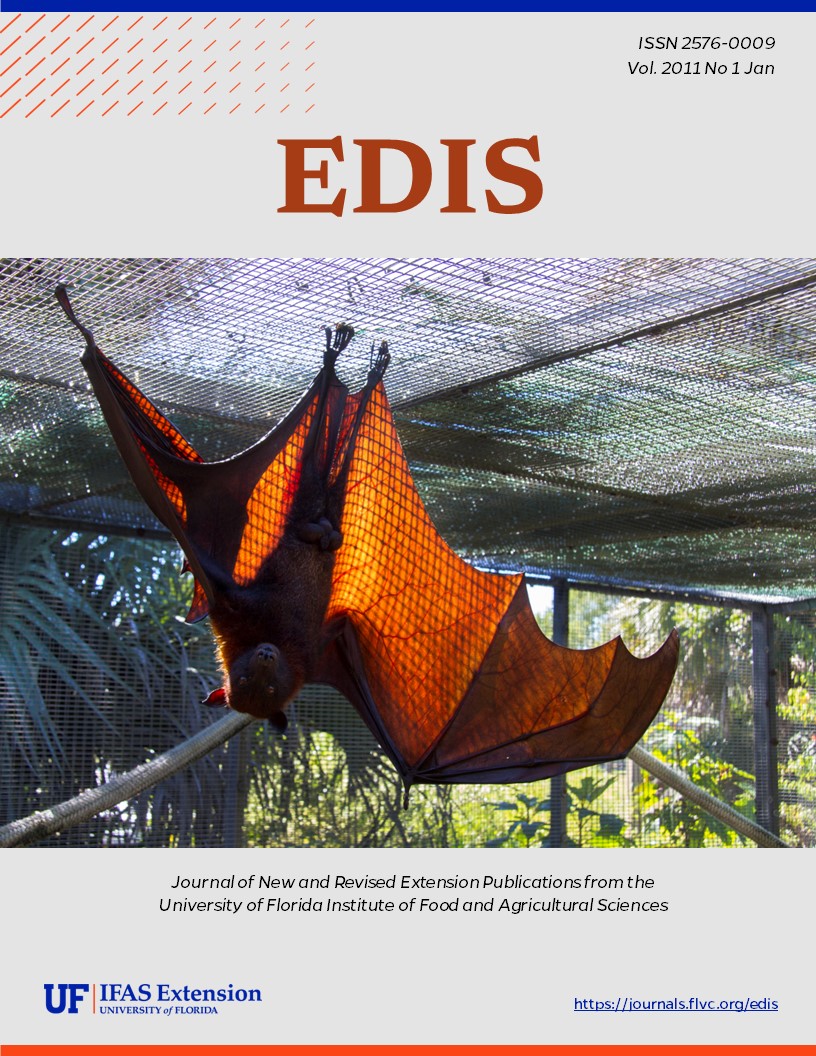Abstract
This document is 4-H 6.5, part of the Engaging Volunteers through ISOTURES series by Bryan D. Terry, Rick Godke, Bill Heltemes, and Lori Wiggins. Published by the UF 4-H and Youth Development Program, October 2010.
4-H 6.5/4H303: Engaging Volunteers through ISOTURES: Selecting for Volunteer Involvement (ufl.edu)
References
Arnold, M. E., & Dolenc, B. (2008). Oregon 4-H Volunteer Study: Satisfaction, Access to Technology, and Volunteer Development Needs. Corvallis, OR: 4-H Youth Development Education, Oregon State University.
Bussell, H. & Forbes, D. (2003). The Volunteer Life Cycle: a marketing model for volunteering. Voluntary Action, 5(3), pp. 61-79.
Clary, E.G., Snyder, M., & Ridge, R. (1992). Volunteers' motivations: a functional strategy for the recruitment, placement, and retention of volunteers. Nonprofit Management and Leadership, 2, 333-350. https://doi.org/10.1002/nml.4130020403
Esmond, J. & Dunlop, P. (2002). Developing the Volunteer Motivation Inventory. Perth: Lotterywest & CLAN WA Inc.
McCudden, J. (2000). What makes a committed volunteer? Research into the factors affecting the retention of volunteers in Home-Start. Voluntary Action, 2(2).
McCurley, S. and Lynch, R. (2006). Volunteer Management (2nd ed.). Ontario: Johnstone Training and Consultation, Inc.
McEwin, M., & Jacobsen-D'Arcy, L. (2002). Developing a scale to understand and assess the underlying motivational drives of volunteers in Western Australia: Final report. Perth: Lotterywest & CLAN WA Inc.
McKee, J. & McKee, T. (2008). The New Breed: Understanding and Equipping the 21st Century Volunteer. Loveland, CO: Group.
Mueller, M. (1975). Economic Determinants of Volunteer Work by Women. Journal of Women in Culture and Society, 1, pp. 325-35. https://doi.org/10.1086/493225

